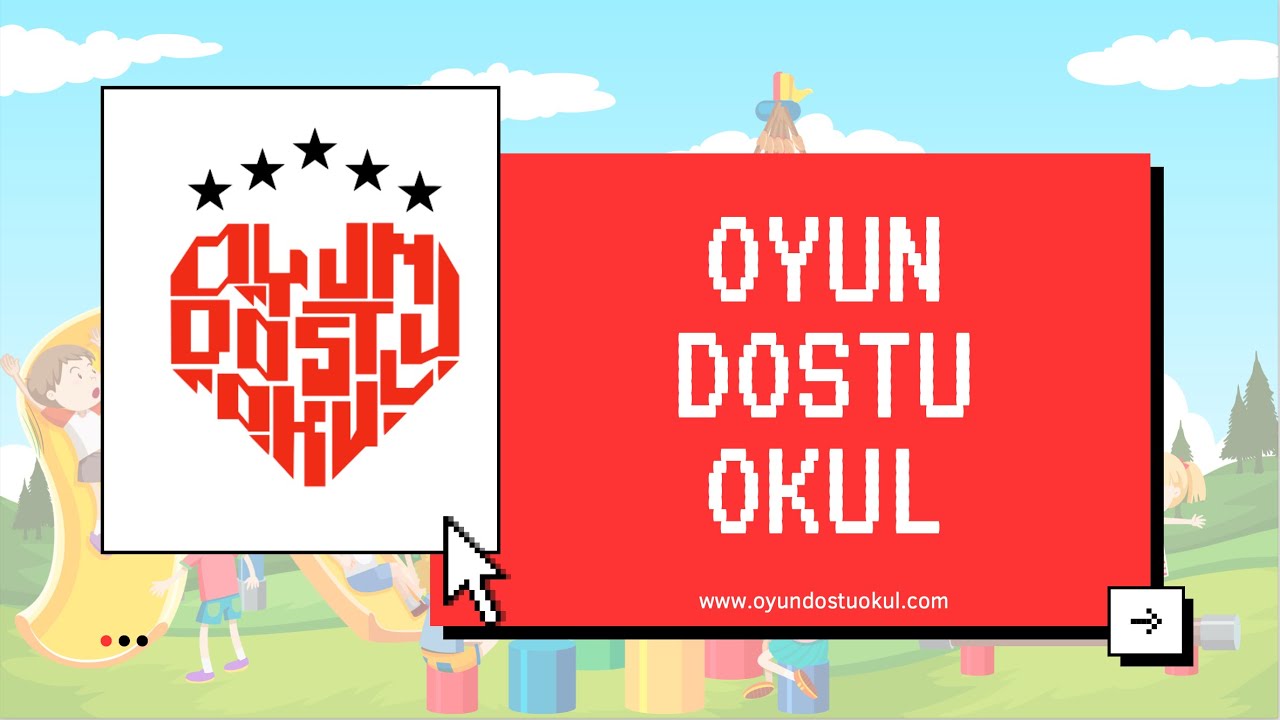Make Room for Play at School
Why
#GameFriendlySchool?
THE STREETS ARE NOT
SAFE!
THERE ARE NO PLAY AREAS
ON THE STREETS!
THERE ARE NO CHILDREN
ON THE STREETS!
WE DON'T KNOW
WHO IS ON THE STREETS!
What is the #GameFriendlySchool Project?
The #GameFriendlySchool criteria are part of a research and development project. These criteria have been developed in collaboration with field experts as part of a scientific study. To qualify as a #GameFriendlySchool, schools are evaluated across areas such as the schoolyard, corridors, classrooms, common areas, the school's play policy, and observation practices, based on a total of 150 items. The #GameFriendlySchool criteria are shared only with schools that wish to become a #GameFriendlySchool, following an observation process, in order to provide feedback on areas that need improvement. Since all rights are reserved, the criteria cannot be publicly shared.
HOW TO BECOME A GAME-FRIENDLY SCHOOL?
Follow the steps below to become a #GameFriendlySchool.
01
Completing the registration and preliminary application form
Application Form
02
Conducting the initial meeting (online or face-to-face)
03
Reviewing and signing the collaboration agreement
04
Visiting the school for environmental observation and documentation
05
Reviewing the evaluation criteria and planning the play areas; photographing the school and collecting floor/campus layout plans
06
Initiating the data collection process for academic research
07
Finalizing and sharing the Game-Friendly School assessment report with the school
08
Conducting a second visit for follow-up observation
09
Revisiting the criteria and drafting the final report; preparing the Game-Friendly School certification
10
Delivering and launching the certification materials (certificate, trophy, flag, and plaque) at the school


